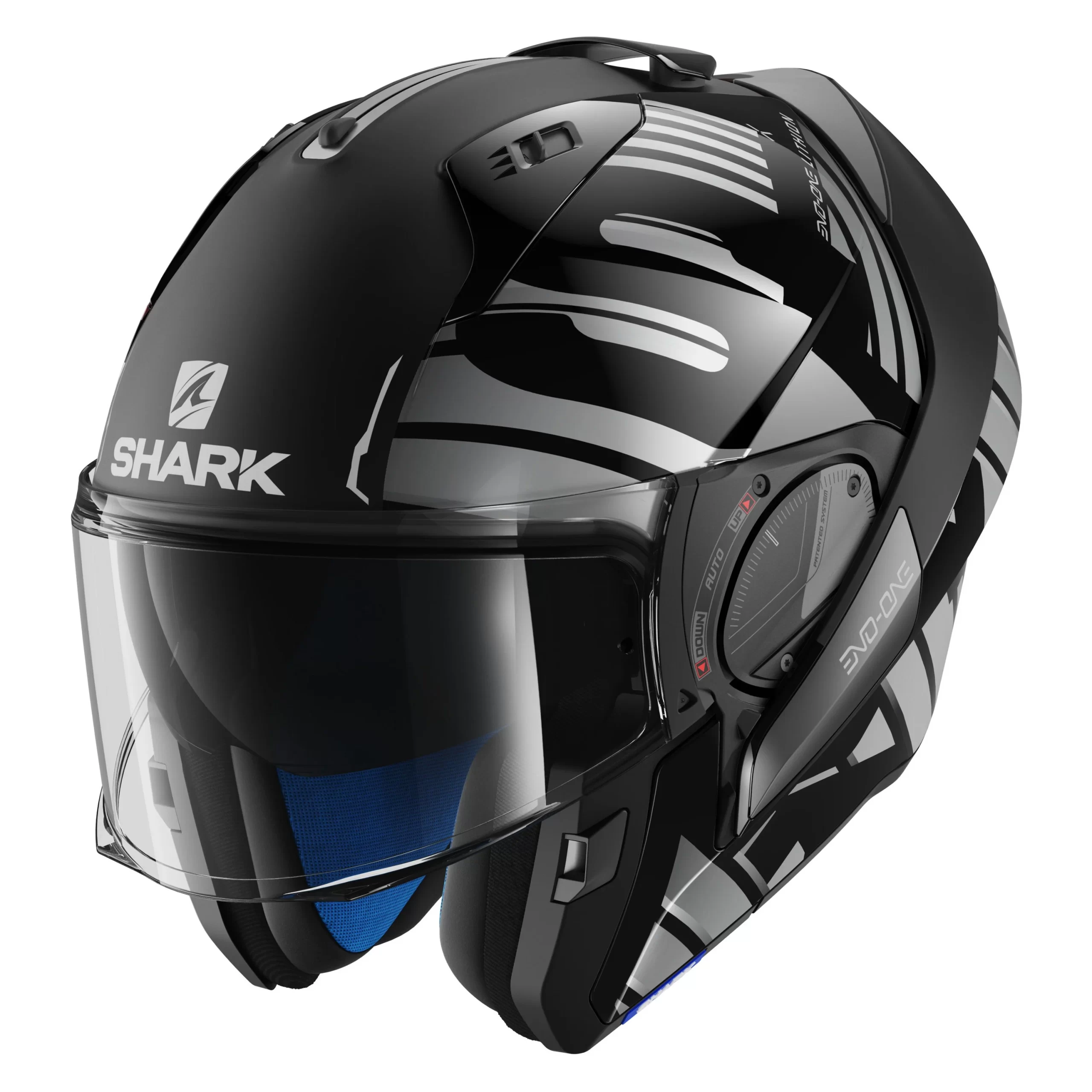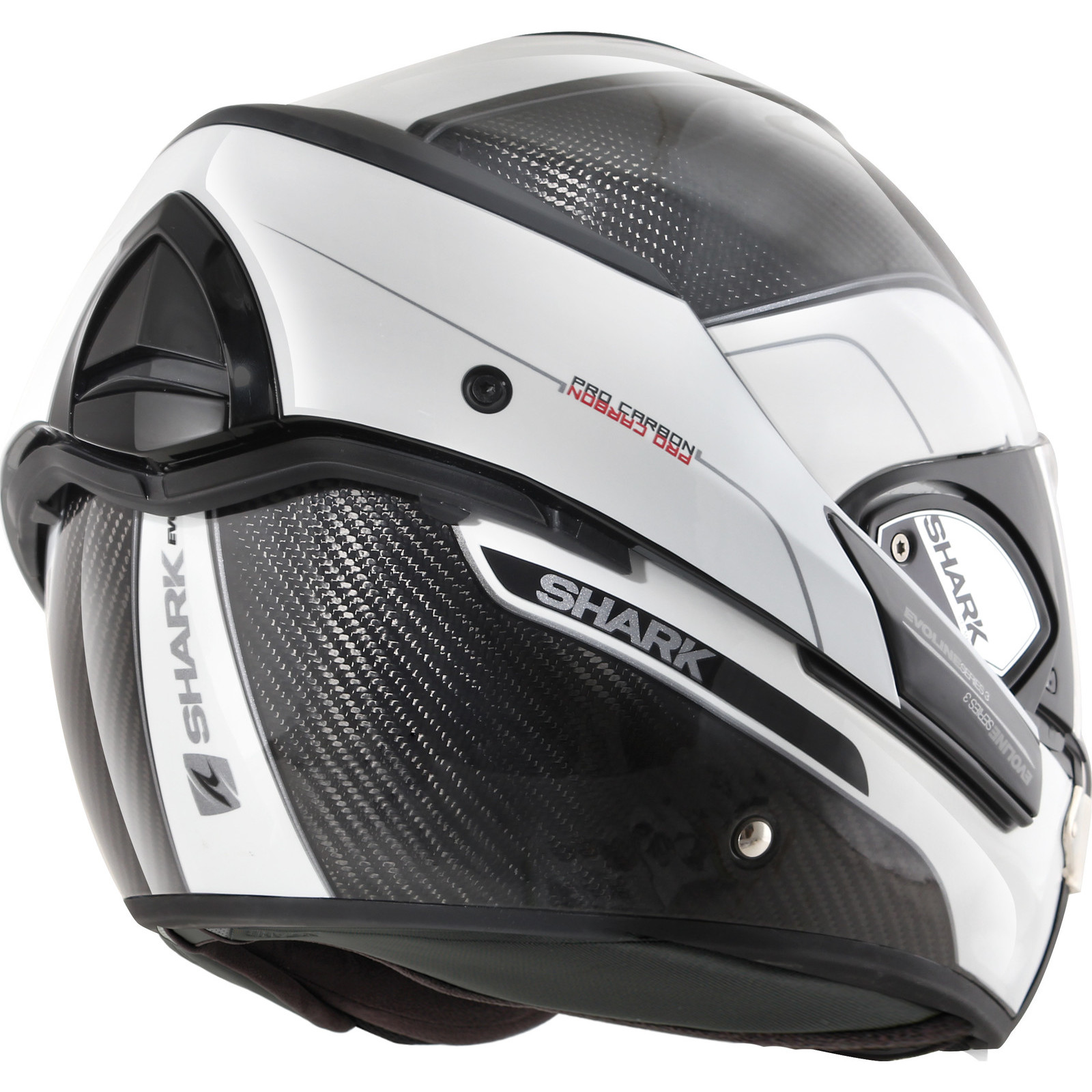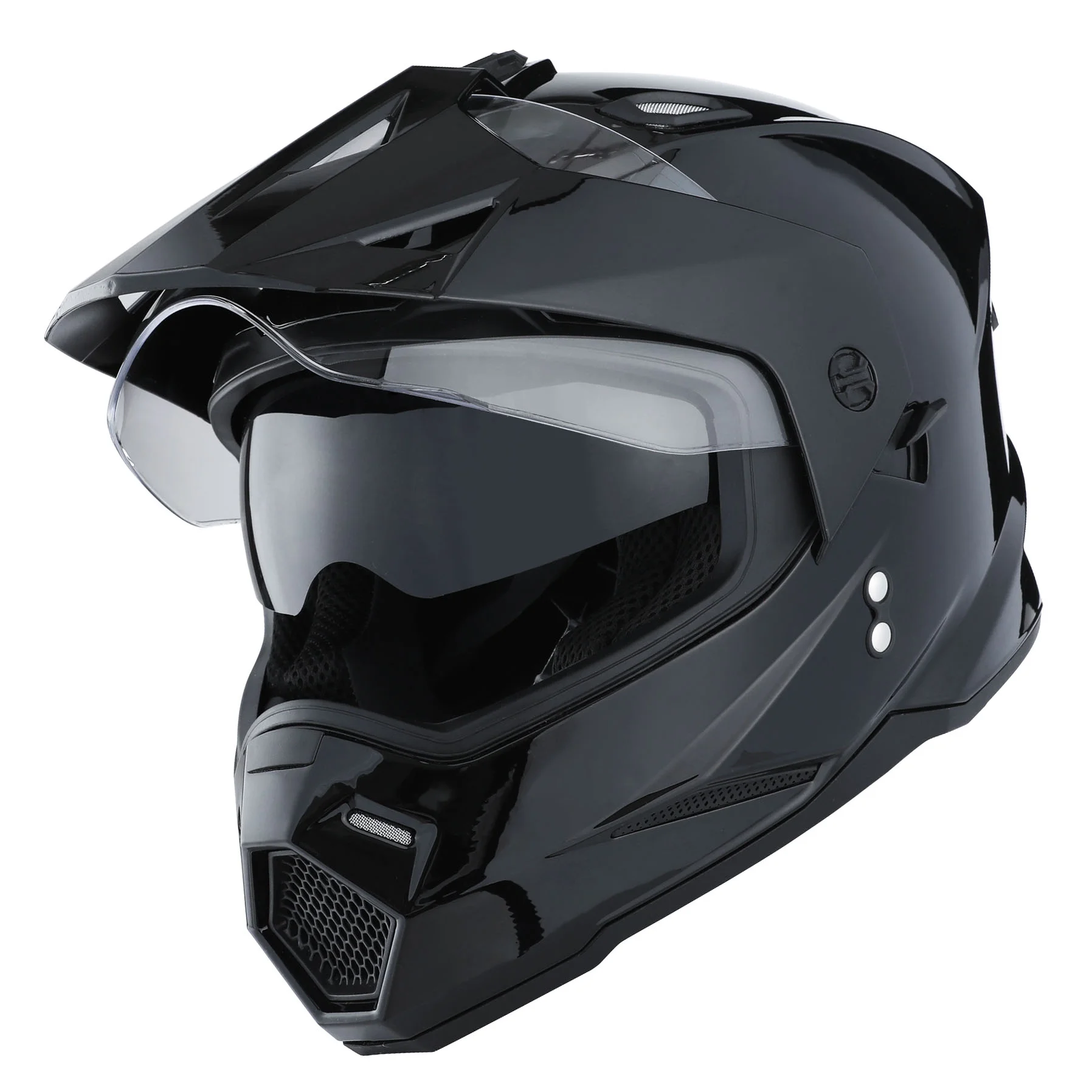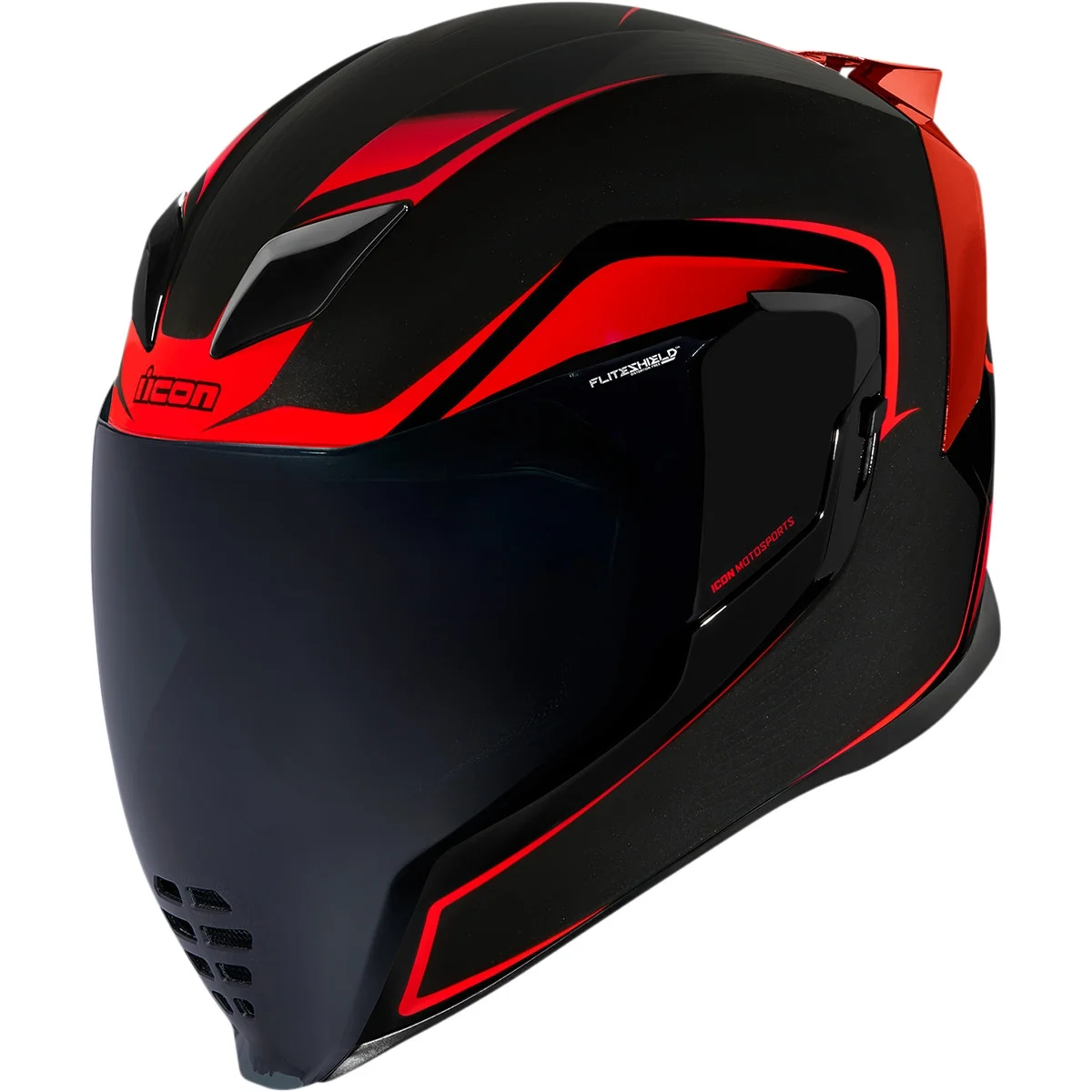Motorcycle helmets are not just a safety accessory; they are an essential component of every rider’s gear. Whether you’re a seasoned motorcyclist or a beginner, understanding the various types, features, and regulations surrounding motorcycle helmets is crucial. This comprehensive guide delves into the importance of motorcycle helmets, the different styles available, key safety features to look for, and tips for selecting the perfect helmet to match your riding needs and personal style.
Selecting the Right Motorcycle Helmet for Your Needs
Choosing the perfect motorcycle helmet involves considering various factors that align with your riding style, preferences, and safety requirements. Here are some tips to help you make an informed decision.
Determine Your Riding Style
Your riding style significantly influences the type of helmet that will best suit your needs. For aggressive sports riding or track use, a full-face helmet with a streamlined design is ideal. If you primarily commute through the city or enjoy casual rides, an open-face or modular helmet might be more comfortable. Adventure riders who tackle diverse terrains should consider dual-sport helmets for their versatility.
Prioritize Fit and Comfort
A helmet must fit snugly without causing discomfort. Measure your head circumference and refer to the manufacturer’s sizing chart to find the appropriate size. When trying on helmets, ensure there are no pressure points and that the helmet doesn’t shift excessively when you move your head. Adjustable padding and ventilation features can enhance comfort during long rides.
Consider Material and Weight
Helmet materials affect both safety and comfort. Polycarbonate helmets are affordable and lightweight, making them suitable for everyday use. Fiberglass and carbon fiber helmets offer superior strength and durability but come at a higher price point. While lighter helmets reduce fatigue, ensure that the material meets safety standards and provides adequate protection.
Evaluate Additional Features
Modern helmets come with a host of additional features that can enhance your riding experience. Integrated communication systems, such as Bluetooth connectivity, allow for hands-free calls and music streaming. Removable and washable liners contribute to hygiene and ease of maintenance. Reflective graphics and bright colors can improve visibility and safety on the road.
Budget Considerations
While safety should never be compromised, setting a budget can help narrow down your options. Helmets range from affordable models to high-end variants with advanced features. Investing in a quality helmet that meets safety standards is crucial, as it provides essential protection in the event of an accident. Consider the long-term benefits of a durable and reliable helmet over opting for the cheapest available option.
Maintenance and Care for Your Motorcycle Helmet
Proper maintenance extends the lifespan of your motorcycle helmet and ensures it continues to provide optimal protection. Here are some essential care tips to keep your helmet in top condition.
Regular Cleaning
Dirt, sweat, and debris can accumulate on your helmet, affecting its comfort and appearance. Clean the exterior with mild soap and water, avoiding harsh chemicals that can damage the helmet’s materials. Remove and wash the inner liners and pads regularly to maintain hygiene. Allow all parts to dry completely before reassembling.
Inspect for Damage
Frequent inspections help identify any signs of wear and tear or potential damage. Check the helmet’s shell for cracks, dents, or scratches that could compromise its structural integrity. Examine the straps and buckles for fraying or weakening, and replace any damaged components immediately. If your helmet has been involved in a significant impact, it should be replaced, even if no visible damage is apparent.
Proper Storage
Store your helmet in a cool, dry place away from direct sunlight and extreme temperatures. Prolonged exposure to heat and UV rays can degrade the helmet’s materials and weaken its protective properties. Use a helmet bag or cover to protect it from dust and environmental contaminants when not in use.
Avoid Modifications
Modifying your helmet, such as drilling holes or altering its structure, can reduce its effectiveness in protecting your head. Avoid making any changes to the helmet’s design or components, as this can void warranties and compromise safety certifications. Always use compatible accessories approved by the helmet manufacturer.
Legal Requirements and Helmet Laws
Motorcycle helmet laws vary by region, but wearing a helmet is generally mandated to ensure rider safety. Understanding and complying with local regulations is essential for legal riding and personal protection.
Helmet Laws by Region
In many countries, helmet use is mandatory for all motorcycle riders and passengers. For example, in the United States, helmet laws differ by state, with some requiring helmets for all riders and others imposing age-based restrictions. European countries typically have strict helmet requirements, often mandating full-face helmets for maximum protection.
Consequences of Non-Compliance
Failure to comply with helmet laws can result in fines, license suspensions, or other legal penalties. Beyond legal implications, not wearing a helmet significantly increases the risk of severe injuries or fatalities in accidents. Adhering to helmet laws not only keeps you within legal boundaries but also prioritizes your safety on the road.
Exemptions and Special Cases
Some regions offer exemptions based on helmet type or rider-related factors. For instance, certain states may allow riders over a specific age or those with specific licenses to ride without a helmet. Additionally, specific styles of helmets, such as those with built-in sun visors, may be exempt from certain regulations. Always familiarize yourself with local laws to ensure full compliance.
Technological Advancements in Motorcycle Helmets
The evolution of motorcycle helmets has seen significant technological advancements, enhancing both safety and rider experience. Innovations in materials, design, and integrated technologies continue to push the boundaries of what helmets can offer.
Advanced Materials
Manufacturers are continually exploring new materials to improve helmet performance. Carbon fiber and aramid fibers provide exceptional strength-to-weight ratios, resulting in lighter yet robust helmets. Composite materials and multi-density foams enhance impact absorption and energy dissipation, offering superior protection during collisions.
Smart Helmets
Smart helmets incorporate electronics and connectivity features, transforming traditional helmets into interactive devices. Built-in Bluetooth systems enable hands-free communication, GPS navigation, and smartphone integration. Some smart helmets include heads-up displays (HUDs) that project important information, such as speed and navigation cues, directly into the rider’s line of sight.
Enhanced Aerodynamics
Aerodynamic designs minimize wind resistance and reduce buffeting, allowing for higher speeds with greater stability. Streamlined shapes and vent placements optimize airflow, enhancing cooling and reducing noise levels. Improved aerodynamics contribute to a more comfortable and efficient riding experience, especially during long-distance journeys.
Impact Detection Systems
Emerging technologies in impact detection provide real-time data on crashes and accidents. Sensors embedded in the helmet can detect sudden movements or forces and automatically alert emergency contacts with the rider’s location. This feature enhances rider safety by ensuring prompt assistance in the event of an accident.
Customization and Personalization
Modern helmets offer extensive customization options, allowing riders to personalize their gear to match their style and preferences. Removable and interchangeable graphics, adjustable padding, and various color options enable riders to create a unique look. Additionally, modular systems allow for easy upgrades and modifications, keeping helmets up-to-date with the latest trends and technologies.
Tips for Maintaining Helmet Safety
Ensuring your motorcycle helmet remains safe and effective involves regular maintenance and mindful usage. Here are some essential tips to maintain helmet safety:
Avoid Sharing Helmets
Sharing helmets can lead to hygiene issues and potential damage from improper handling. Each rider should have their own helmet to ensure it fits correctly and maintains its protective qualities.
Handle with Care
Always handle your helmet with clean hands and store it properly to prevent scratches and dents. Avoid placing heavy objects on top of the helmet, as this can distort its shape and compromise its structure.
Replace Worn-Out Components
Over time, components like the visor, padding, and straps can wear out. Regularly inspect these parts and replace them as needed to maintain the helmet’s functionality and comfort.
Follow Manufacturer Guidelines
Adhere to the manufacturer’s instructions for cleaning, maintenance, and usage. Following these guidelines ensures the helmet performs as intended and prolongs its lifespan.
The Role of Motorcycle Helmets in Rider Culture
Motorcycle helmets have transcended their functional role, becoming a significant element of rider culture and identity. Helmets reflect personal style, express individuality, and often symbolize a rider’s commitment to safety and the riding community.
Style and Design
Helmets come in a myriad of styles, colors, and graphics, allowing riders to showcase their personalities and preferences. From classic designs with retro graphics to modern helmets with sleek, minimalist aesthetics, the variety ensures every rider can find a helmet that resonates with their unique style.
Community and Camaraderie
Wearing a helmet that aligns with rider culture fosters a sense of community and shared identity among motorcyclists. Custom helmets and group-themed designs often serve as conversation starters and symbols of belonging within the riding community.
Symbol of Responsibility
Choosing to wear a helmet signifies a commitment to safety and responsibility. It demonstrates a rider’s awareness of the risks associated with motorcycling and their dedication to mitigating those risks through proper protective gear.
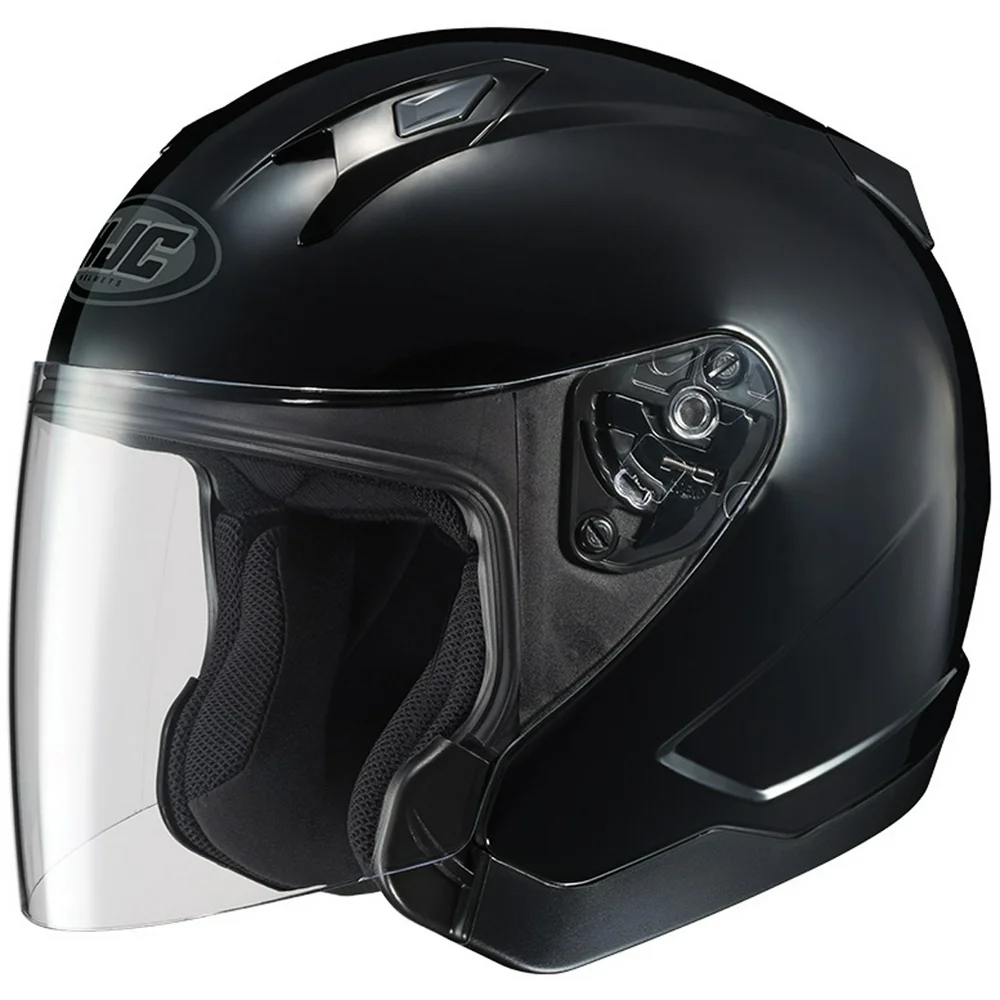 Conclusion: Prioritizing Safety and Style with Motorcycle Helmets
Conclusion: Prioritizing Safety and Style with Motorcycle Helmets
Motorcycle helmets are indispensable for every rider, providing essential protection and enhancing the overall riding experience. By understanding the different types of helmets, recognizing key safety features, and following proper maintenance practices, riders can ensure they are well-protected on every journey. Additionally, the diverse styles and customization options allow motorcyclists to express their individuality while adhering to safety standards. As technology continues to advance, motorcycle helmets will undoubtedly become even more integral to rider safety and culture. Ultimately, choosing the right motorcycle helmet is a crucial decision that reflects a commitment to safety, comfort, and personal style, making every ride not only enjoyable but also secure.

